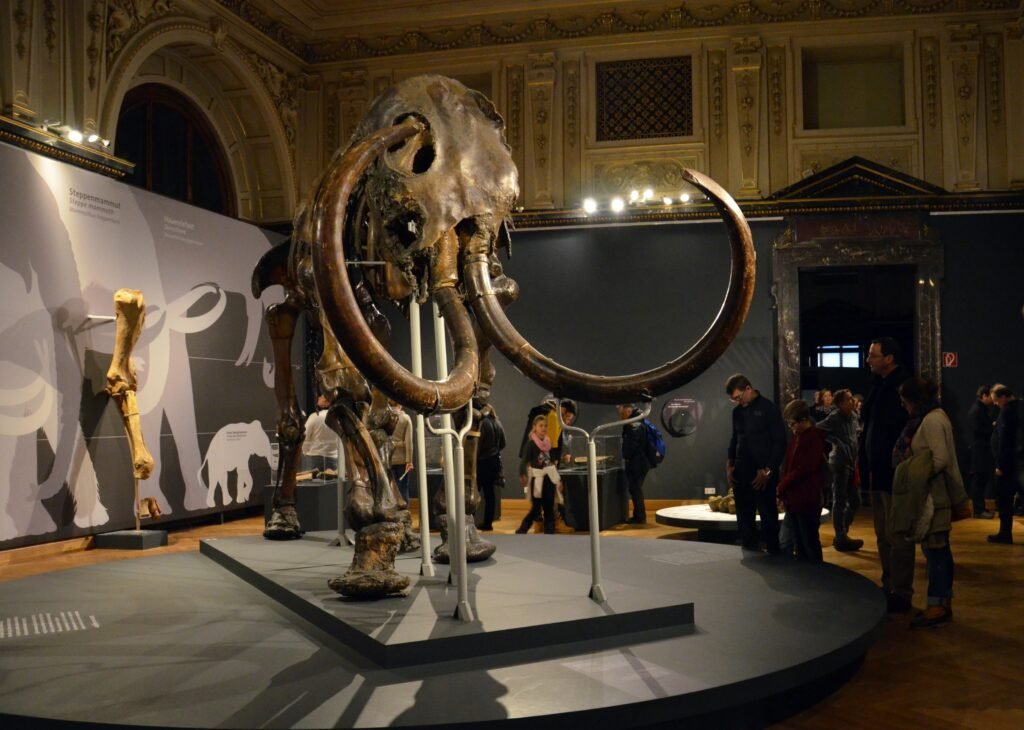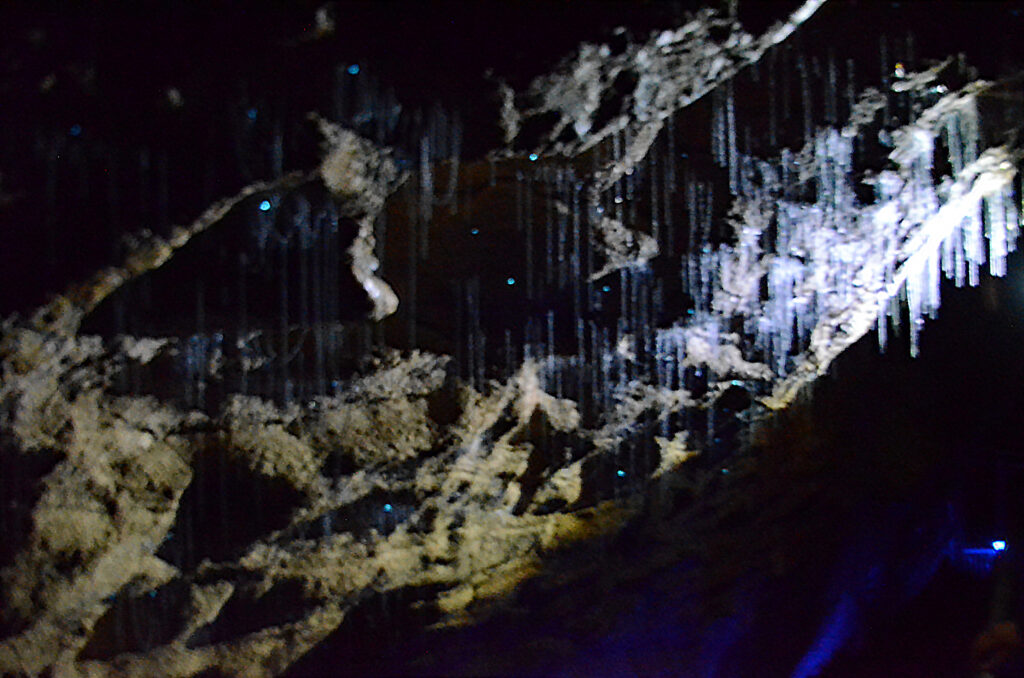Imagine strolling along the sun-drenched beaches of Puerto Rico, sand between your toes, when you stumble upon something utterly unexpected—a massive, ancient bone jutting from the earth. Could it be a mammoth bone? This notion is as shocking as it is fascinating. For centuries, the Caribbean’s prehistory has been cloaked in mystery, but recent fossil discoveries and bold scientific theories are challenging everything we thought we knew. What if the story of Puerto Rico’s past is far more extraordinary than we ever imagined?
The Unlikely Discovery: Bones Where None Should Be
The idea of finding mammoth bones on a tropical island like Puerto Rico seems almost laughable at first. After all, mammoths are typically associated with the frozen tundras of Siberia or the grassy plains of North America. But over the years, amateur fossil hunters and curious locals have reported unearthing massive bones along the island’s rugged coastlines. These bone fragments, worn smooth by centuries of wind and waves, have sparked debates among scientists and the public alike. Their size and shape often defy easy explanation, leading many to wonder whether Puerto Rico’s ancient shores once hosted creatures far larger than any seen today.
What Exactly Is a Mammoth?
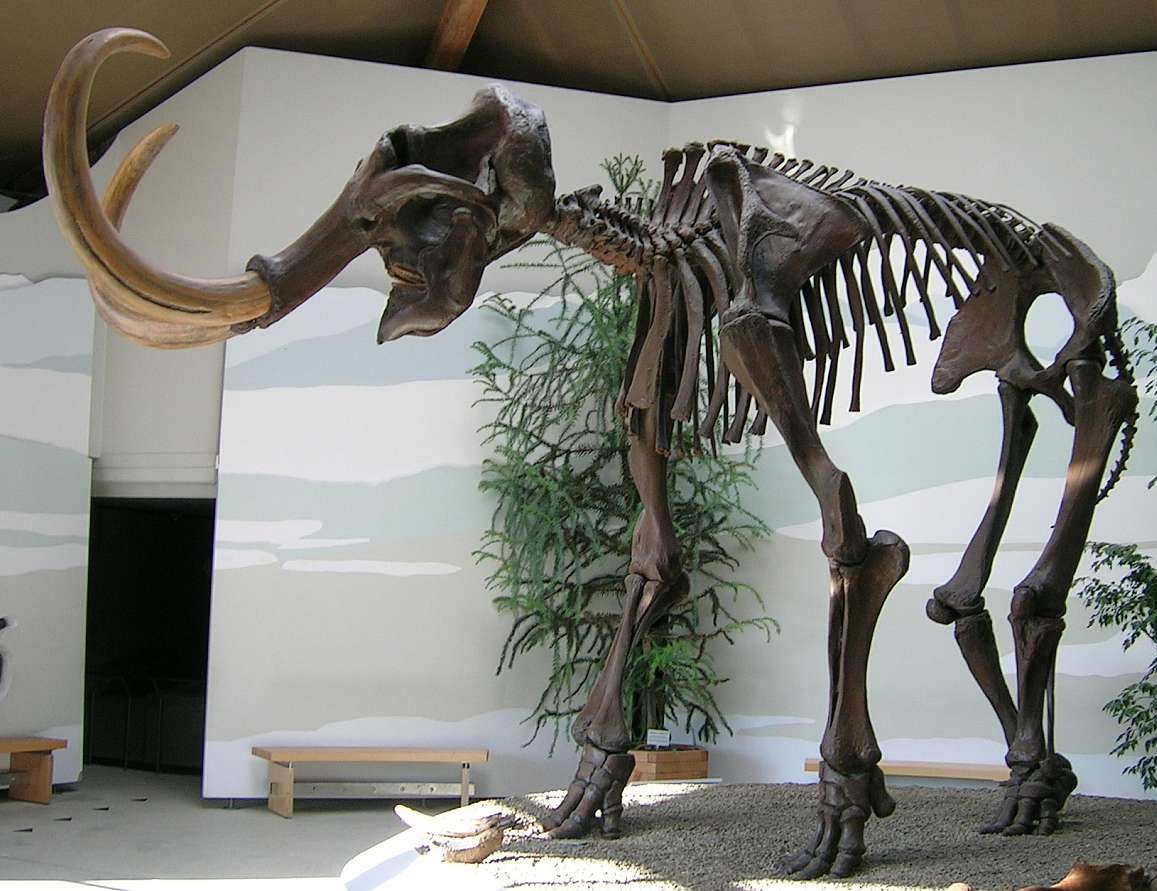
Mammoths are distant relatives of today’s elephants, but with shaggy coats, long curved tusks, and a reputation for surviving some of Earth’s harshest ice ages. These prehistoric giants roamed across Europe, Asia, and North America for millennia. While the best-known species, the woolly mammoth, lived in cold climates, other species adapted to more temperate environments. Their bones—massive, dense, and often beautifully preserved—have been found in surprising places, hinting at migration patterns and ancient ecosystems that were far more complex than we once believed. The mere possibility of mammoth remains in the Caribbean invites us to rethink the boundaries of their world.
Puerto Rico’s Geological Time Capsule
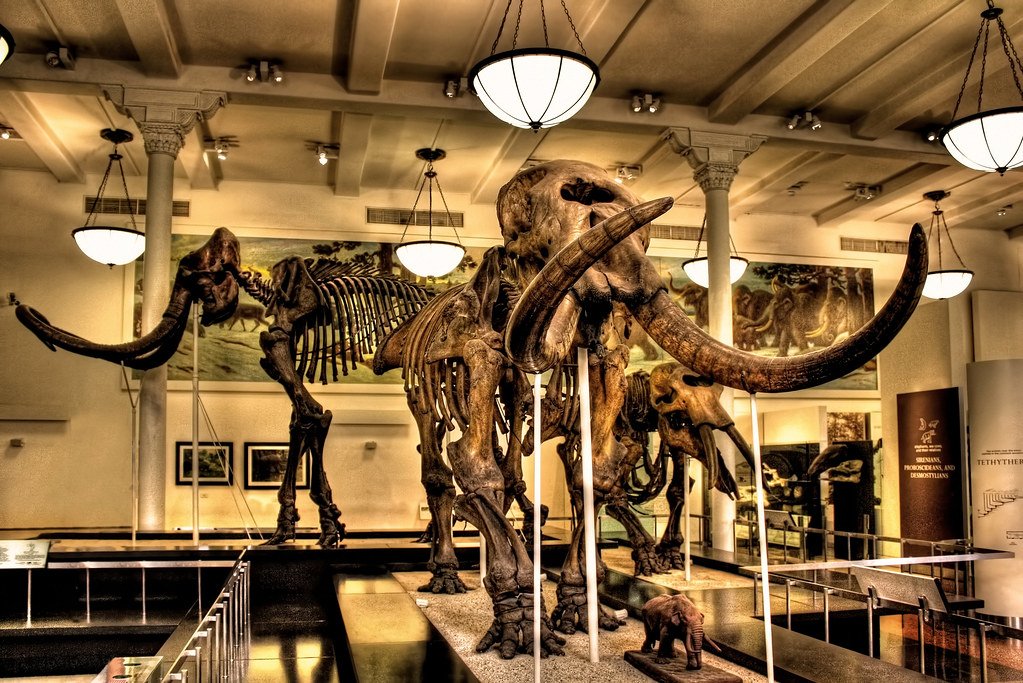
Puerto Rico sits atop a complex geological foundation, shaped by shifting tectonic plates and rising seas. The island’s ancient rocks and fossil beds preserve clues to a world that predates human settlement by millions of years. Layers of limestone, ancient coral reefs, and sometimes even mysterious bone fragments peek through the landscape. These natural time capsules offer scientists a glimpse into Puerto Rico’s distant past, where creatures—both familiar and strange—once called the island home. Every fossil unearthed is a window into an era of wild transformation and shifting continents.
Early Fossil Finds: Fact or Folklore?
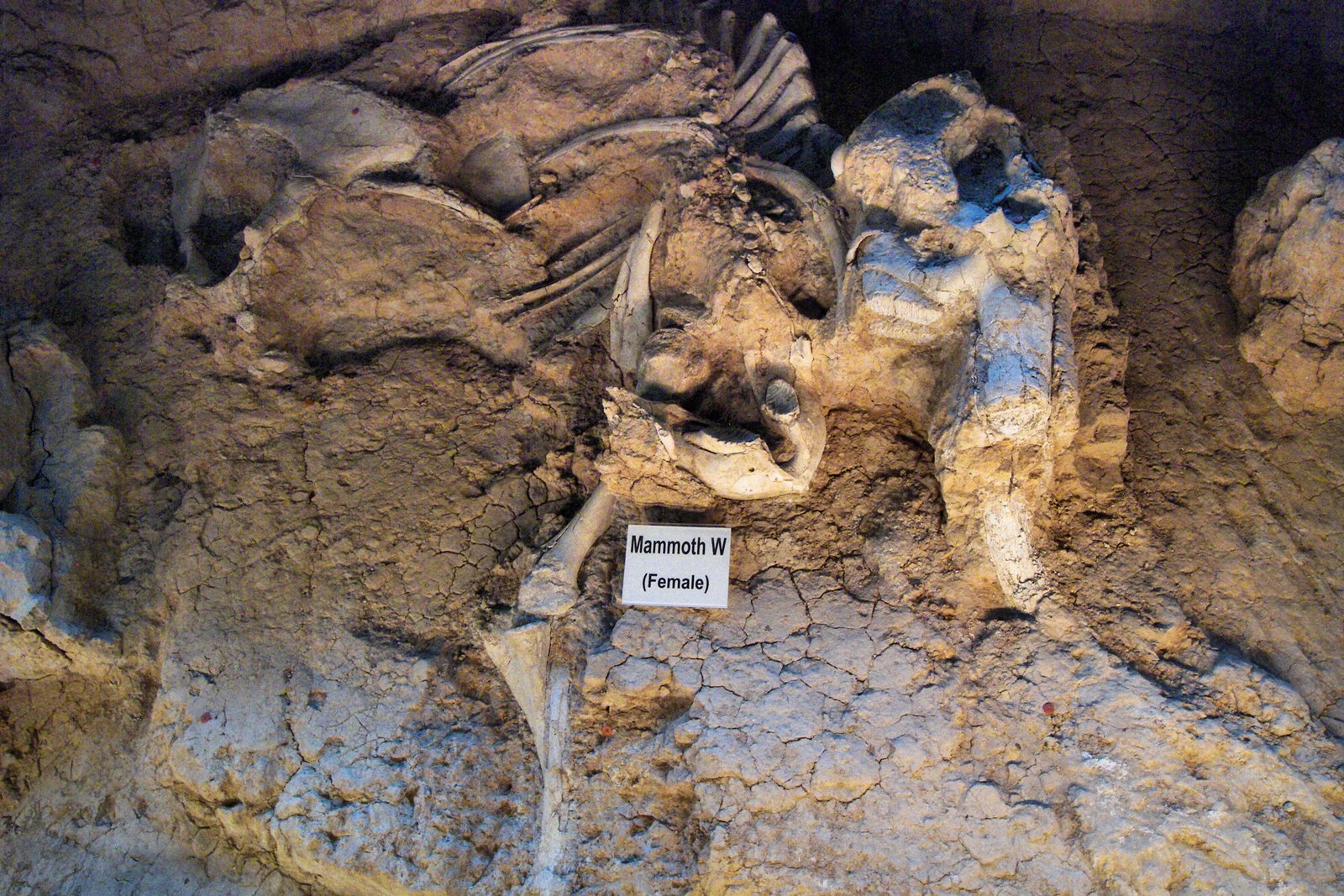
Stories of giant bones washing up on Puerto Rico’s shores have circulated for generations. Some local legends speak of “giant animals” that roamed the forests or lived beneath the waves. In the early 20th century, explorers and naturalists began collecting and cataloging these curious finds. While some bones turned out to be from whales or large sea turtles, others remained stubbornly mysterious. Could these unexplained fossils be remnants of ancient elephants or something even more astonishing?
The Science of Fossil Identification

Identifying ancient bones isn’t as straightforward as it seems. Scientists use a combination of visual analysis, chemical testing, and even DNA extraction to determine a bone’s origin. In Puerto Rico, the salty air and humid climate can quickly erode or alter fossils, making identification especially challenging. Yet, every fragment is carefully examined for telltale features—like the dense structure of a mammoth’s femur or the unique curve of an ancient tusk. The process is meticulous, but each discovery adds a piece to the puzzle of Puerto Rico’s prehistoric ecosystem.
Mammoths in the Caribbean: Is It Possible?
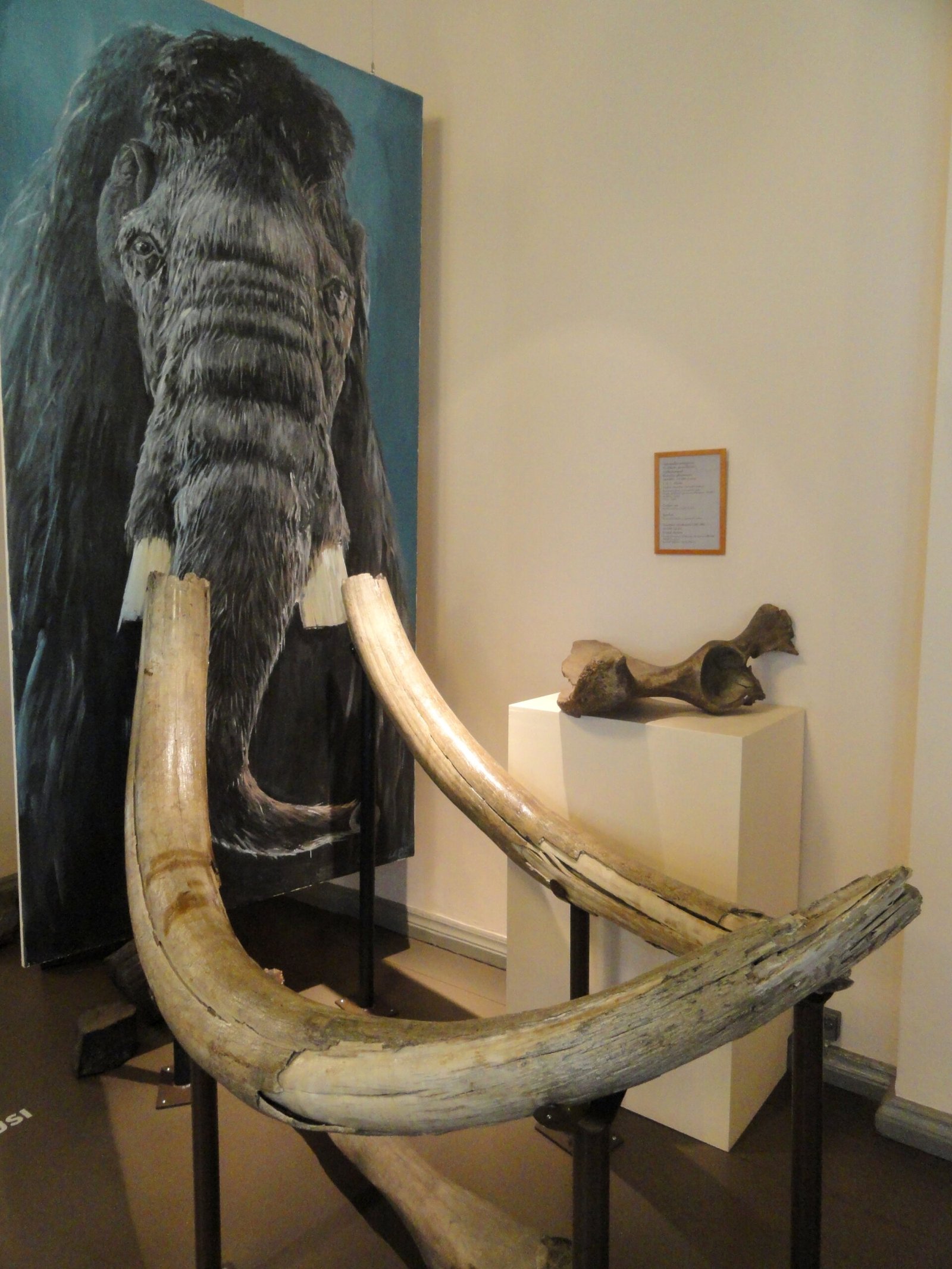
At first glance, it seems impossible that mammoths could have ever lived in the Caribbean’s tropical paradise. After all, these animals are icons of the Ice Age, adapted for cold and open landscapes. However, scientists have discovered dwarf elephant species on Mediterranean islands like Crete and Sicily, suggesting that ancient elephants were surprisingly adaptable. Could similar animals have reached Puerto Rico, either by swimming, floating on debris, or via land bridges long since swallowed by the sea?
Ancient Land Bridges and Changing Oceans
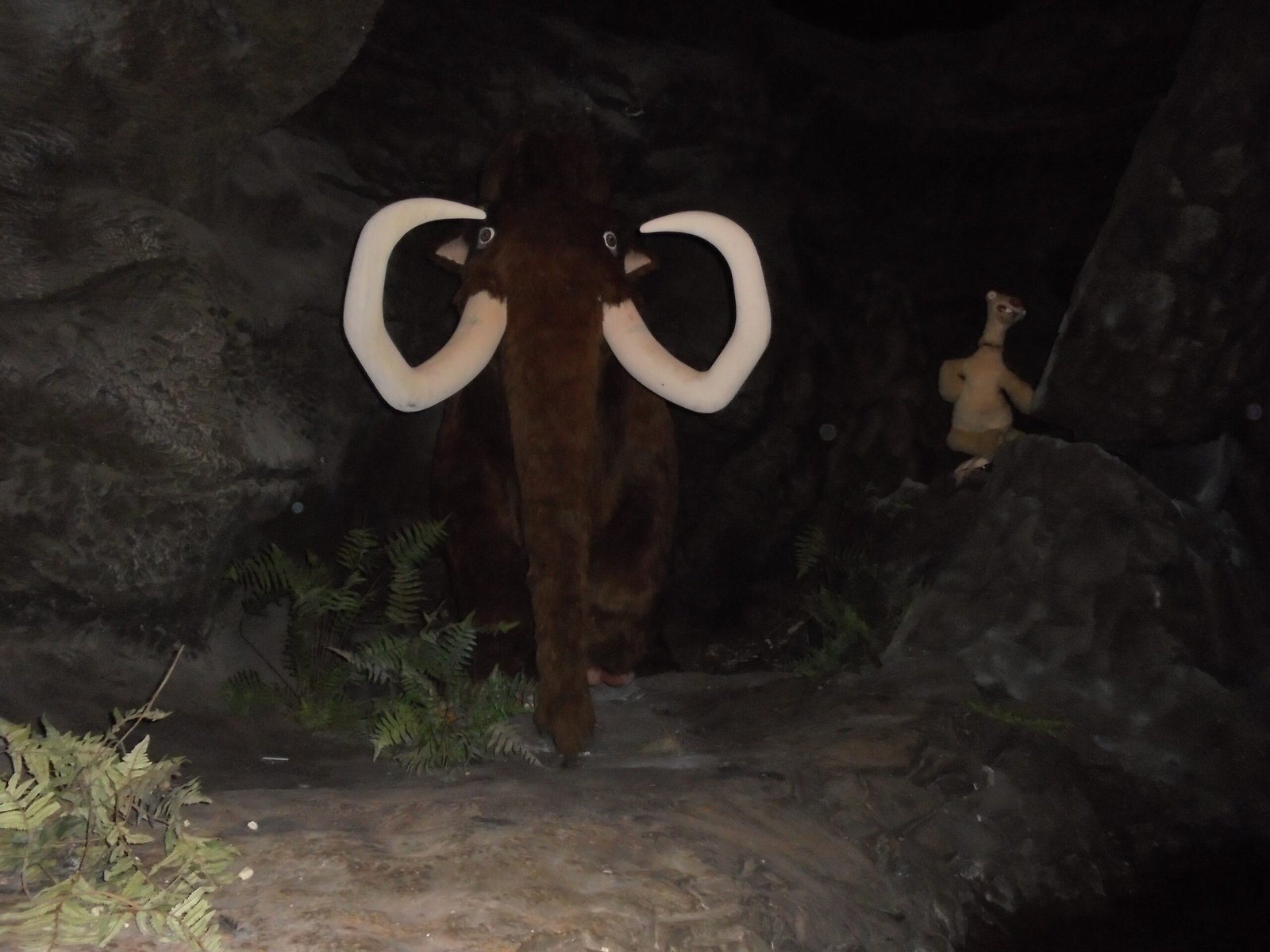
During the last Ice Age, global sea levels dropped dramatically, exposing vast stretches of land that are now beneath the waves. These “land bridges” allowed animals to migrate to new territories. While no direct evidence yet confirms a land bridge between Puerto Rico and the Americas, some researchers speculate that fluctuating sea levels could have opened temporary migration routes. The idea that mammoths—or their relatives—could have wandered into the Caribbean isn’t as far-fetched as it might seem at first.
Caribbean Megafauna: Beyond the Mammoth
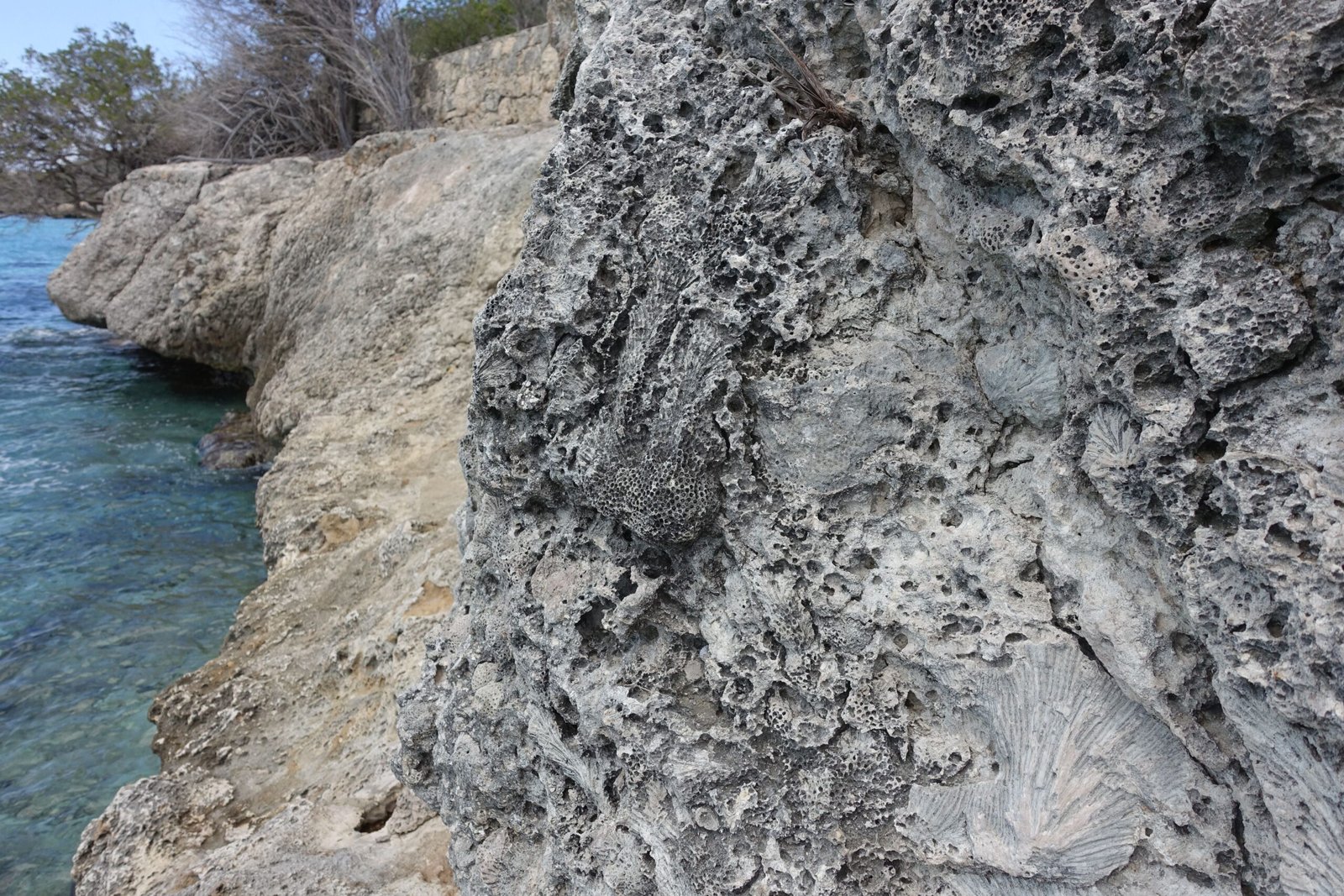
While mammoths steal the spotlight, Puerto Rico and the wider Caribbean were once home to a surprising variety of large animals. Fossils of giant ground sloths, ancient rodents the size of small cars, and even massive flightless birds have been found across the region. These “megafauna” thrived in lush forests and open plains before vanishing, likely due to climate shifts and human arrival. The discovery of any large prehistoric bones on Puerto Rico’s coast could easily be mistaken for a mammoth, adding another layer of intrigue to the island’s fossil record.
Modern Scientific Expeditions
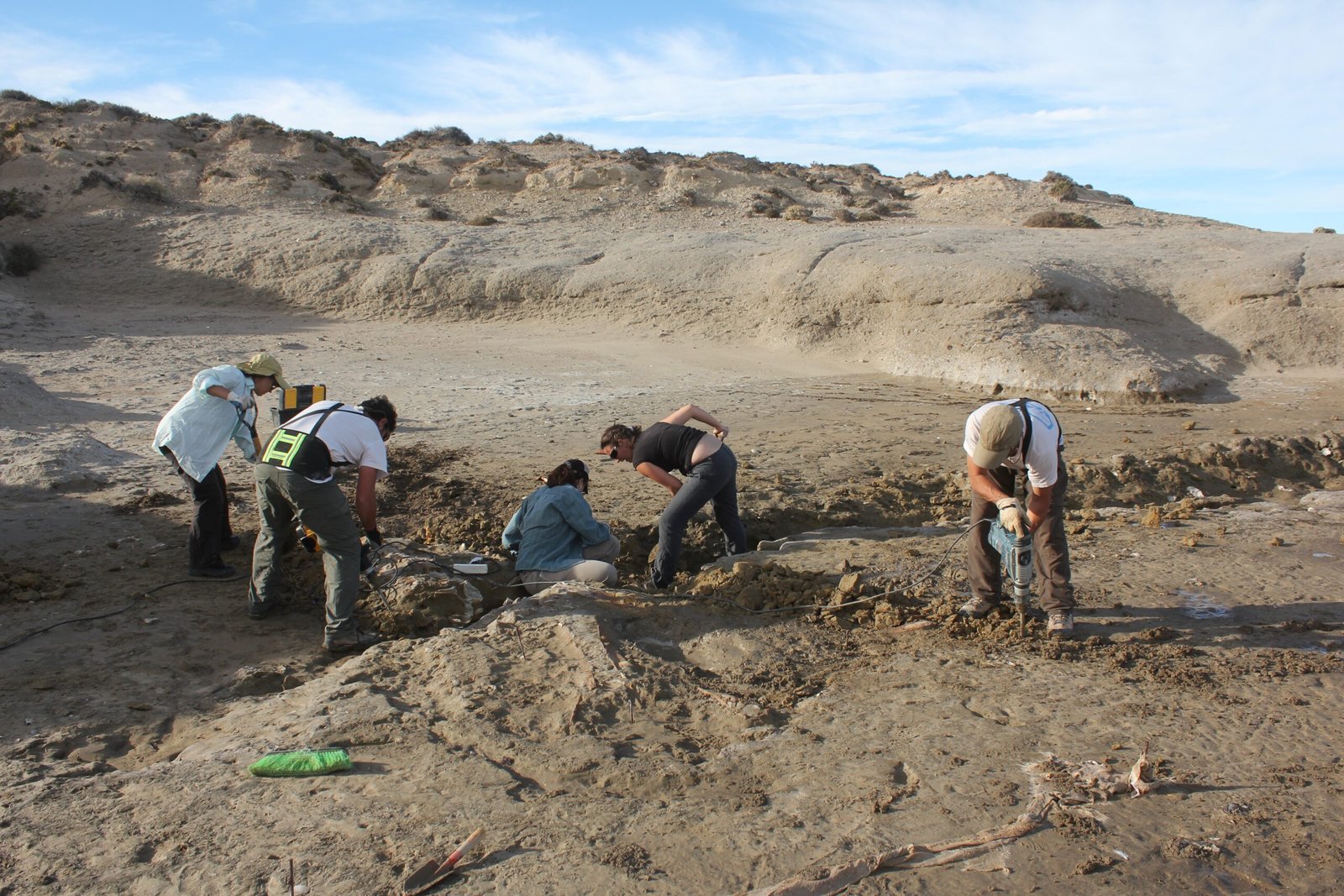
In recent years, teams of paleontologists and geologists have returned to Puerto Rico with modern tools and techniques. Armed with ground-penetrating radar, drones, and advanced dating methods, these scientists are combing the island’s coastlines and caves in search of clues. Their work is slow, painstaking, and often frustrating—but every new fossil find is a reminder that the past still has secrets to reveal. The excitement of discovery is palpable, with every dig carrying the potential to rewrite the island’s natural history.
Theories That Challenge the Mainstream
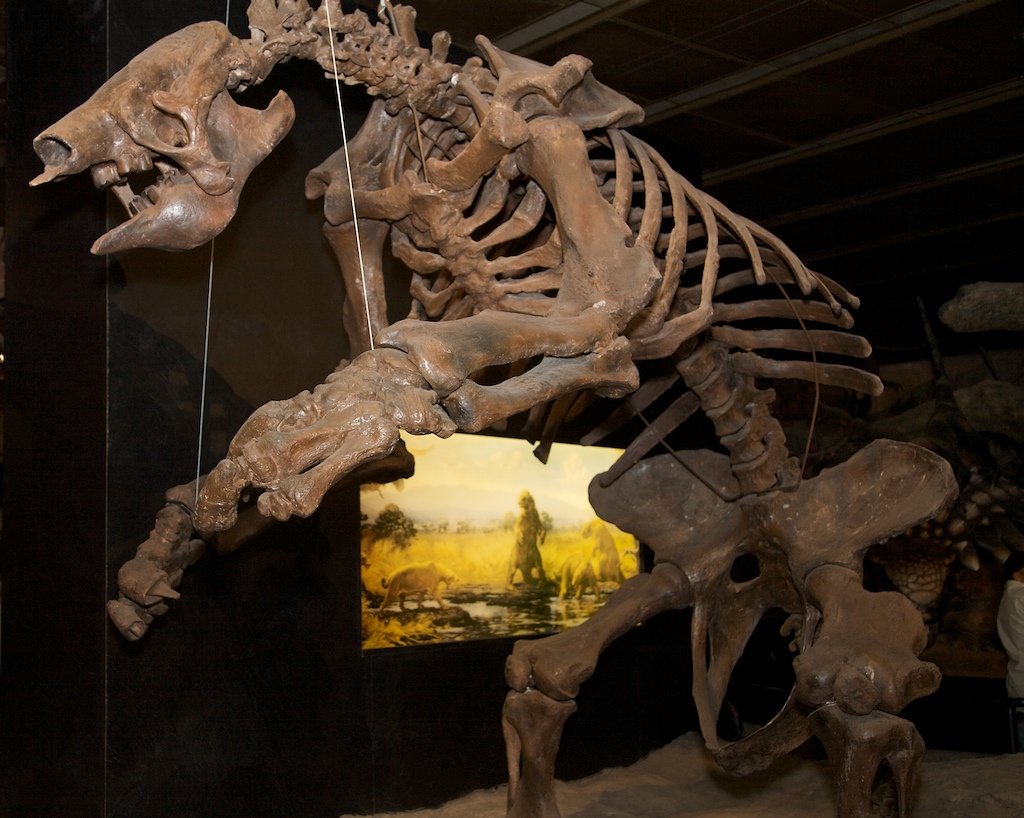
Not all scientists agree on what these mysterious bones represent. Some argue that the likelihood of true mammoth fossils on Puerto Rico is slim, given the island’s isolation and geology. Others propose bold new theories, suggesting that ancient humans may have transported large bones for ritual purposes or as trade goods. Still others point to the possibility of as-yet-undiscovered species of elephant-like animals that once roamed the Caribbean. The debate is lively, passionate, and far from settled.
DNA and Isotope Analysis: Unlocking Secrets
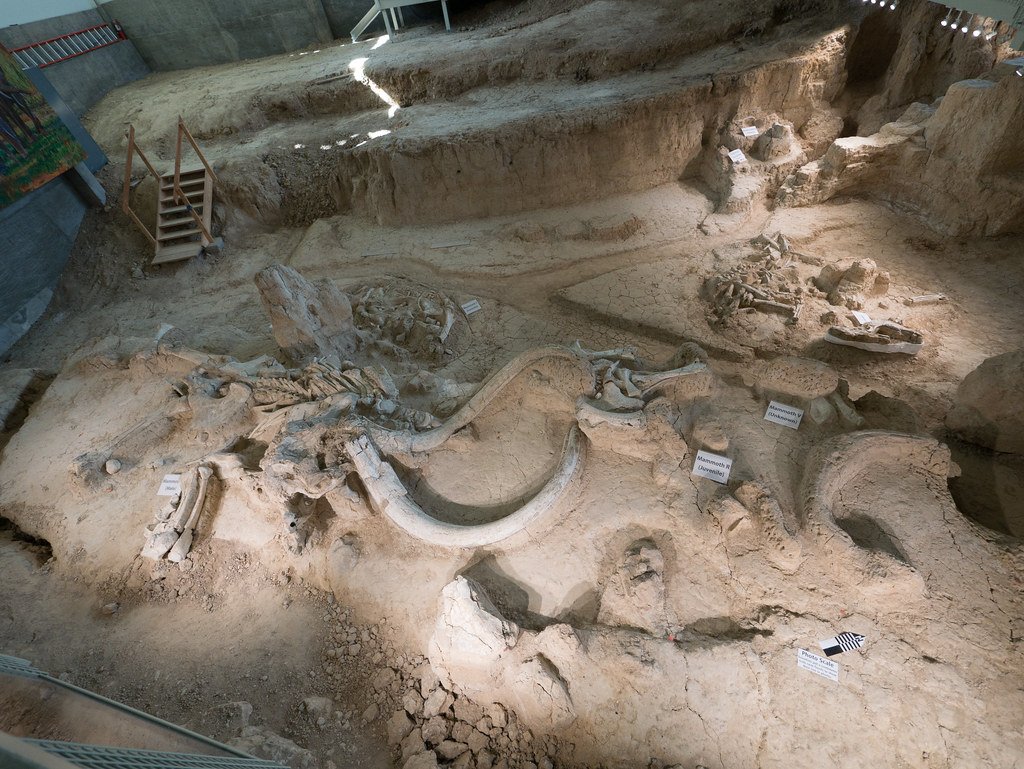
One of the most exciting advancements in paleontology is the ability to analyze ancient DNA and isotopes trapped in fossilized bones. By extracting genetic material and studying chemical signatures, scientists can determine not just the species, but also where an animal lived, what it ate, and how it migrated. If even a fragment of mammoth DNA were found in Puerto Rico, it would send shockwaves through the scientific community. Every bone holds a unique genetic story, waiting to be uncovered by the right technology.
Local Legends and Cultural Impact
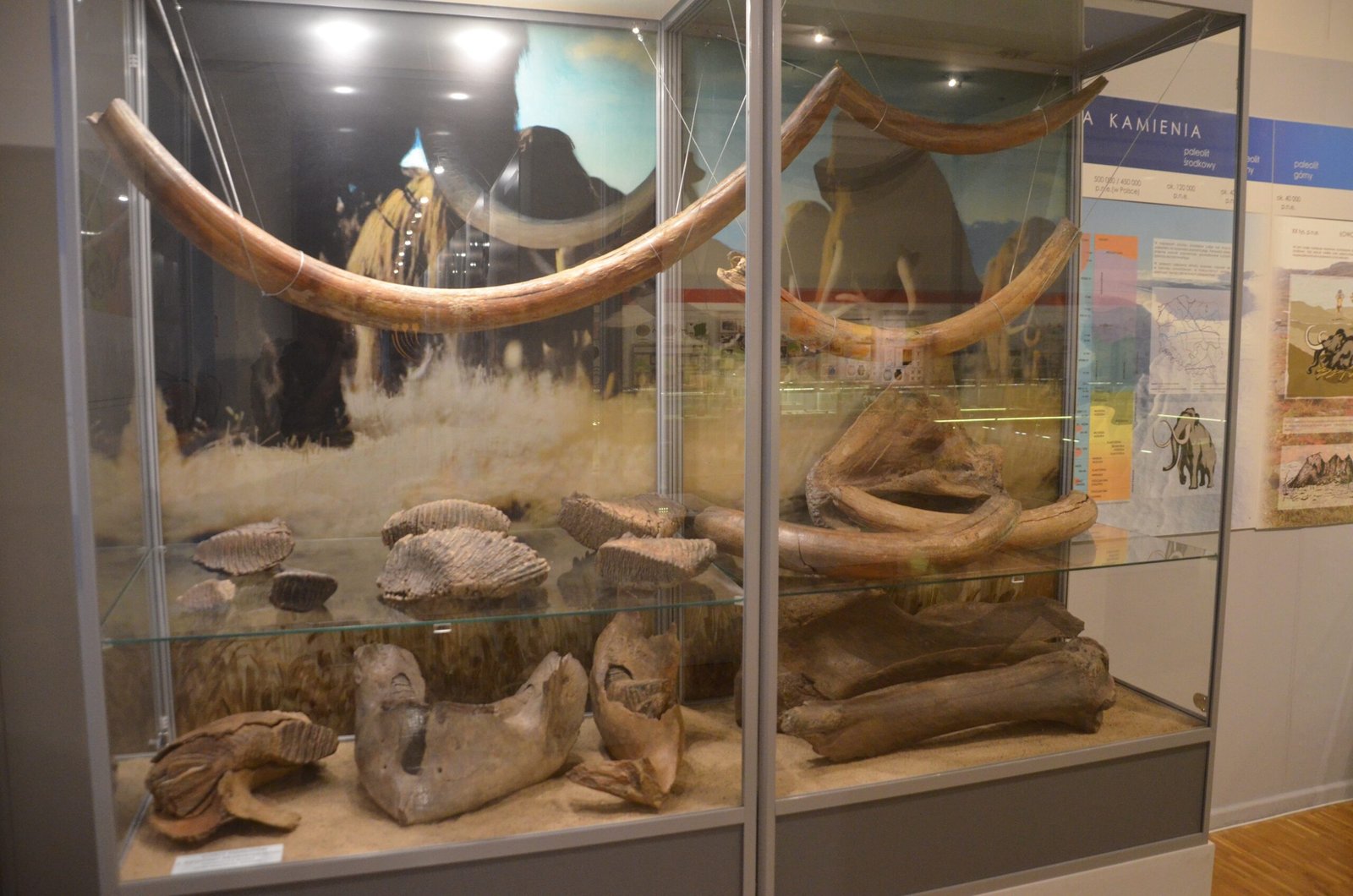
The mystery of giant bones has seeped into Puerto Rico’s folklore, inspiring tales of ancient monsters and lost worlds. Elders tell stories of “bones as big as trees” discovered by fishermen or farmers. These legends, while often exaggerated, reflect a deep human fascination with the unknown. The possibility of mammoth bones lying beneath the sands has become a symbol of the island’s hidden history—a reminder that the past is never truly buried.
How Climate Shaped Caribbean Life
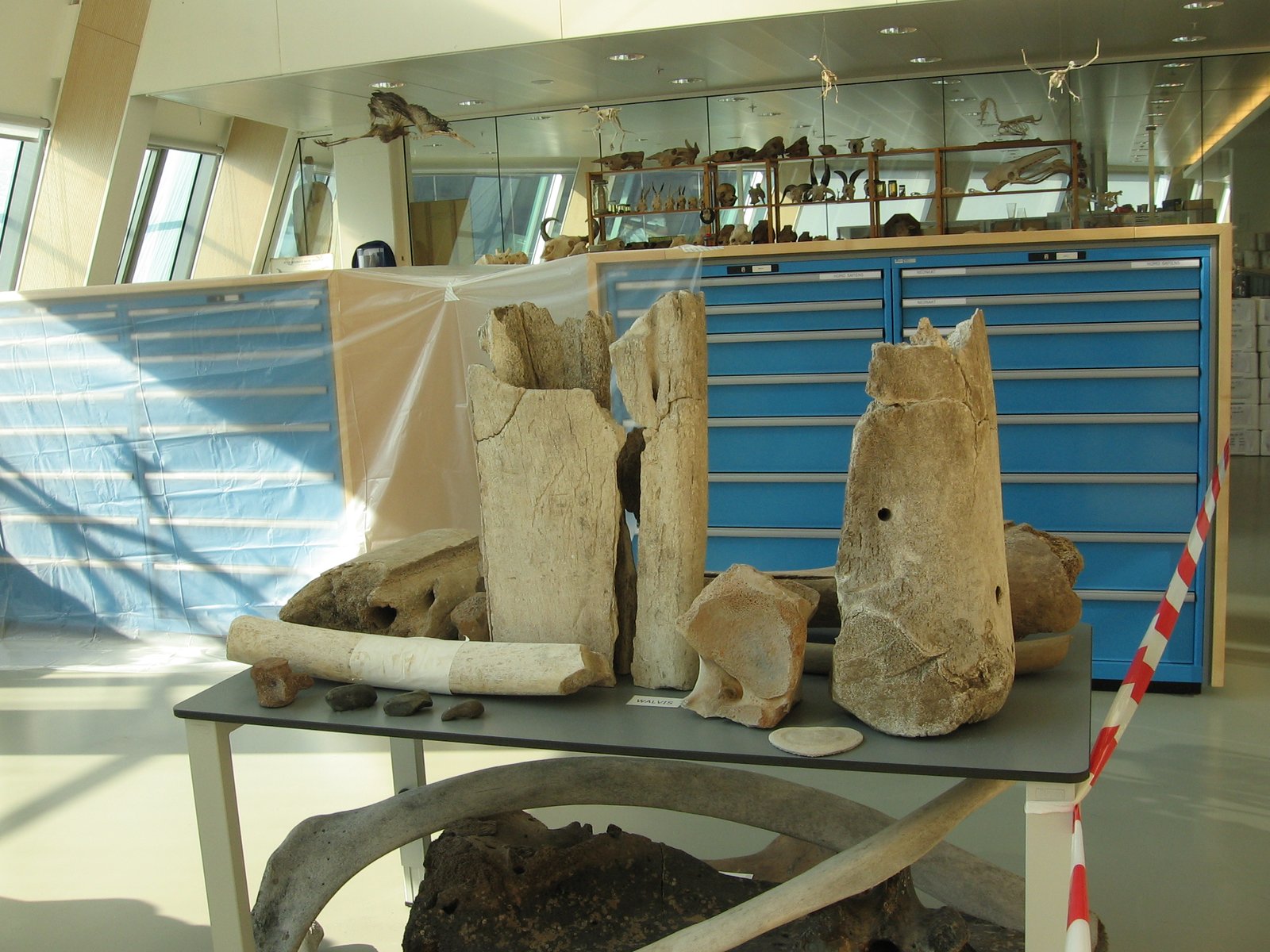
The Caribbean’s unique climate, with its warm temperatures and seasonal hurricanes, has always shaped the animals that could survive there. During the Ice Age, cooler periods may have allowed more temperate species—like mammoths or their relatives—to venture further south. As the climate warmed and the seas rose, these animals either adapted, migrated, or disappeared. The fossils left behind are silent witnesses to a world in constant flux, shaped by forces far beyond human control.
Comparing Fossil Finds: Puerto Rico and Beyond
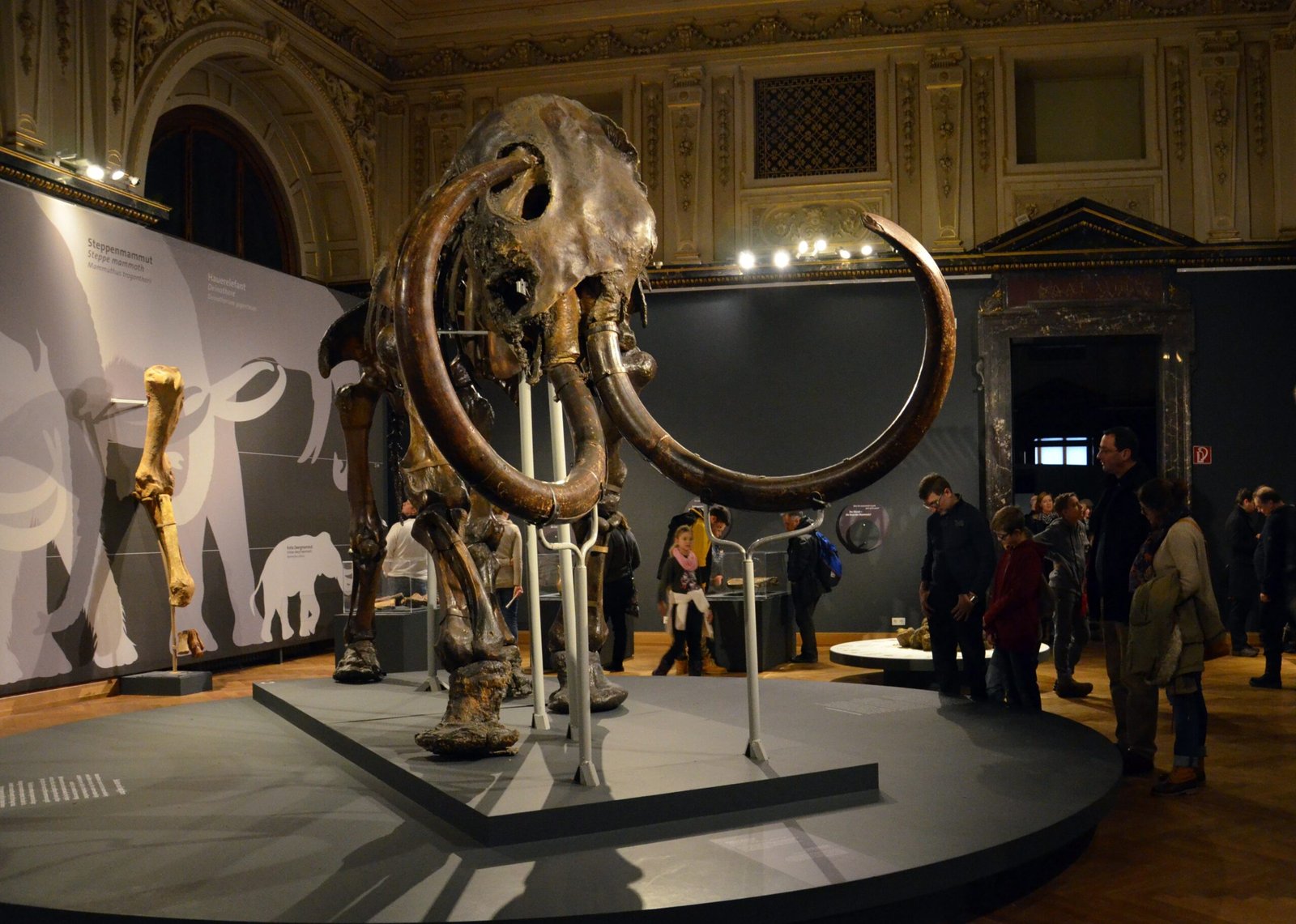
When scientists compare fossils from Puerto Rico with those from other islands and continents, surprising similarities—and differences—emerge. For example, the Caribbean’s giant ground sloths share traits with South American species, suggesting migration or parallel evolution. If mammoth bones were ever found, they would be compared to those from North America, Siberia, and even Mediterranean islands. Each comparison helps clarify whether these bones are truly mammoth—or something altogether unique.
The Importance of Protecting Fossil Sites
Many fossil sites in Puerto Rico are vulnerable to erosion, development, and even vandalism. Preserving these sites is crucial for future discoveries and for understanding the island’s natural history. Local communities, scientists, and governments are working together to protect these precious resources. Every fossil that washes away or is destroyed is a lost chapter in Puerto Rico’s story—a reminder that the past is fragile and needs our care.
Education and Public Fascination
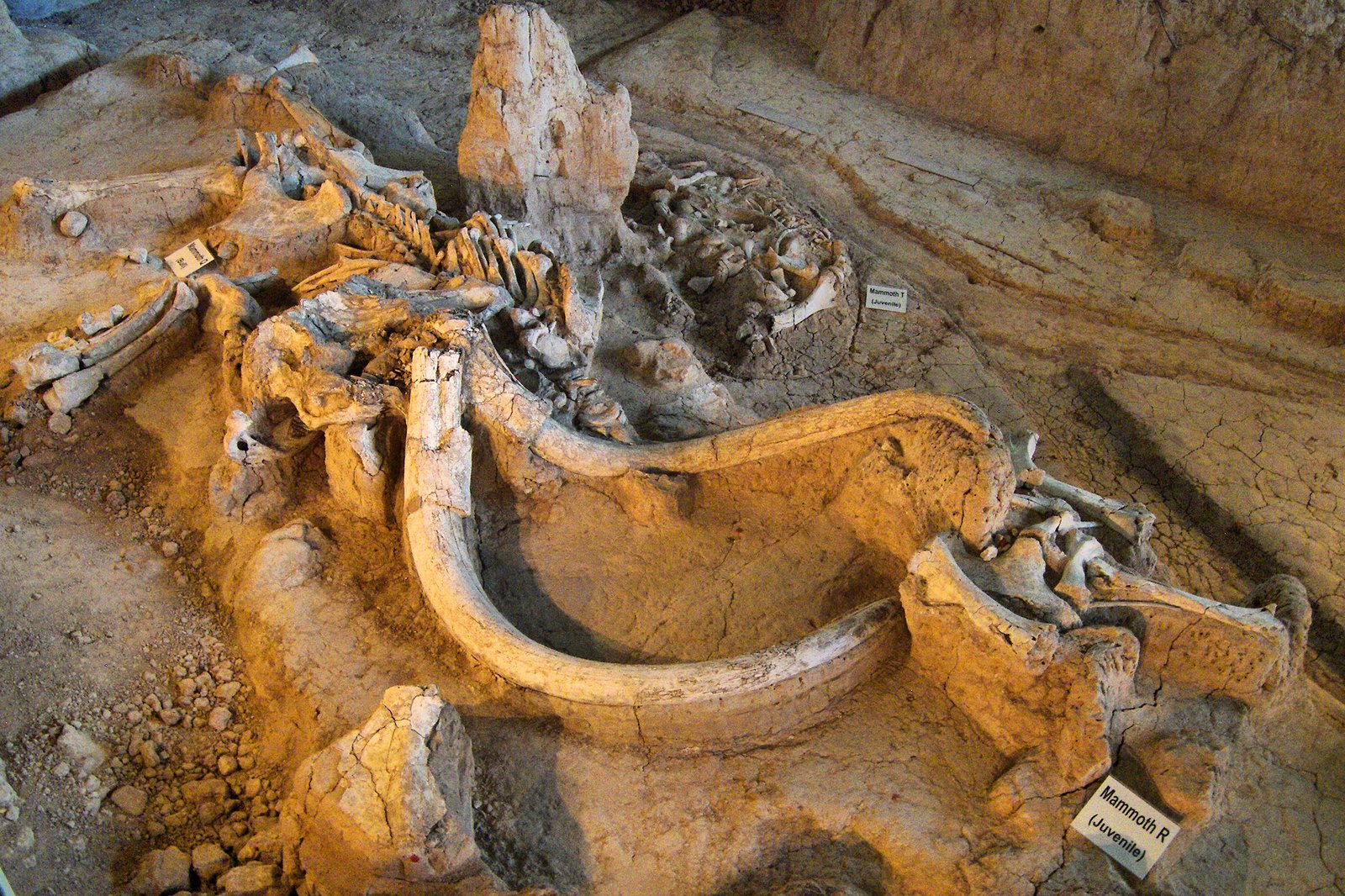
The idea of mammoth bones on a Caribbean beach captures the imagination like few other scientific mysteries. Schools, museums, and science centers across Puerto Rico are embracing this fascination, offering programs and exhibits that bring the island’s ancient past to life. Young students dream of becoming paleontologists, inspired by the possibility of unearthing the next great discovery. Public interest in fossils is helping to drive new research and conservation efforts across the island.
What If Mammoth Bones Are Really Found?
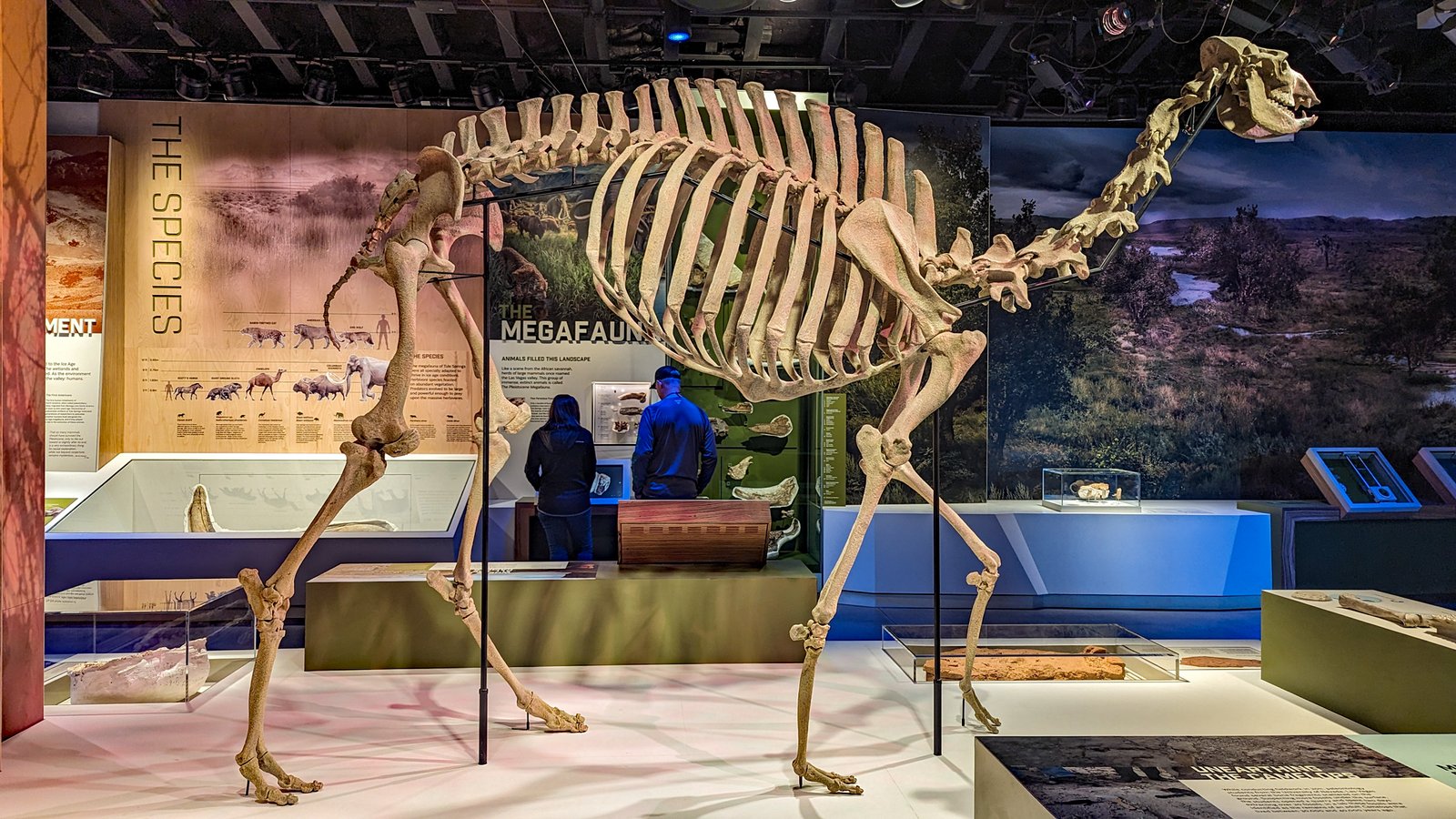
If a genuine mammoth bone were ever confirmed on Puerto Rican soil, it would upend what we know about the Caribbean’s Ice Age history. Such a discovery would challenge long-held beliefs about migration, climate change, and the adaptability of ancient species. It would also inspire new theories, new expeditions, and perhaps even a global scientific frenzy. The very idea ignites the imagination, offering a taste of a world where anything is possible.
The Ongoing Search: Hope and Curiosity
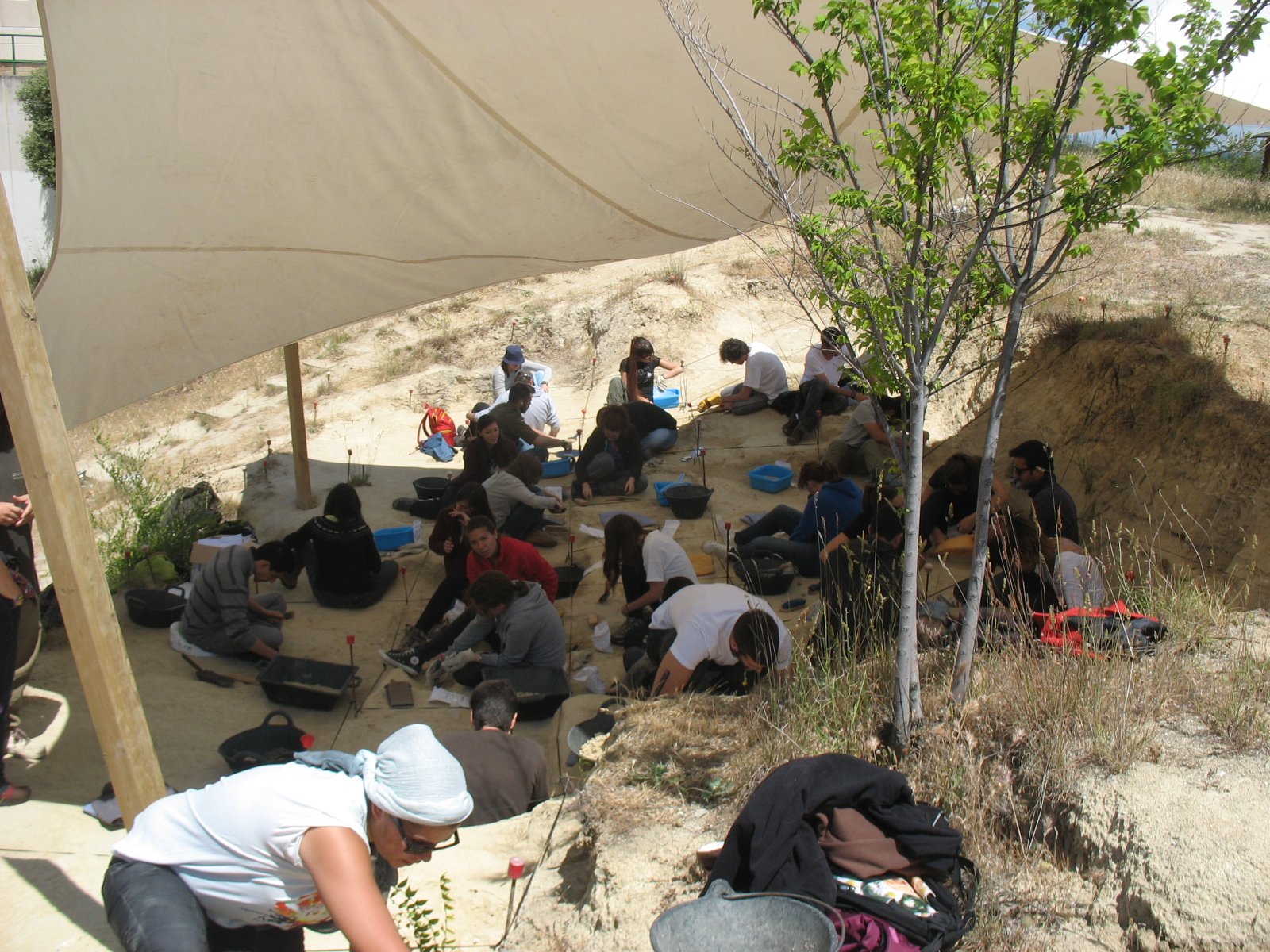
Despite skepticism and setbacks, the search for mammoth bones and other prehistoric fossils in Puerto Rico continues. Scientists, students, and amateur explorers all share a sense of hope and curiosity—an unshakable belief that the next big discovery could happen at any moment. Every dig, every bone, and every unanswered question is a testament to the enduring power of human curiosity and the endless mysteries that lie just beneath our feet.
What These Theories Mean for Our Understanding of History
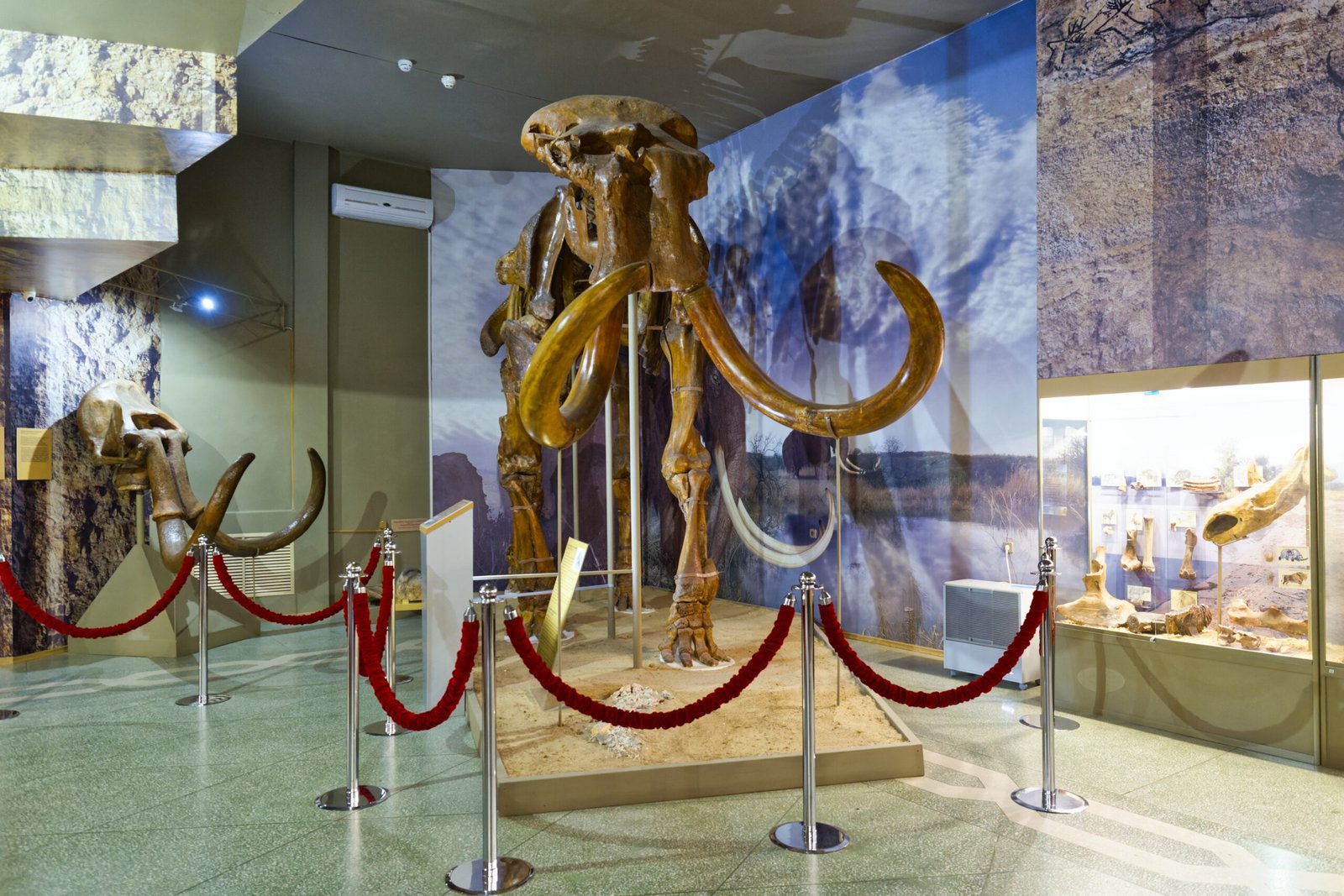
The possibility that mammoths—or other giant creatures—once lived in Puerto Rico forces us to rethink the boundaries of prehistory. It challenges us to question old assumptions and embrace new ideas about migration, adaptation, and survival. The search for answers is more than a scientific quest; it’s a journey into the heart of what it means to explore, to wonder, and to never stop asking “What if?”

